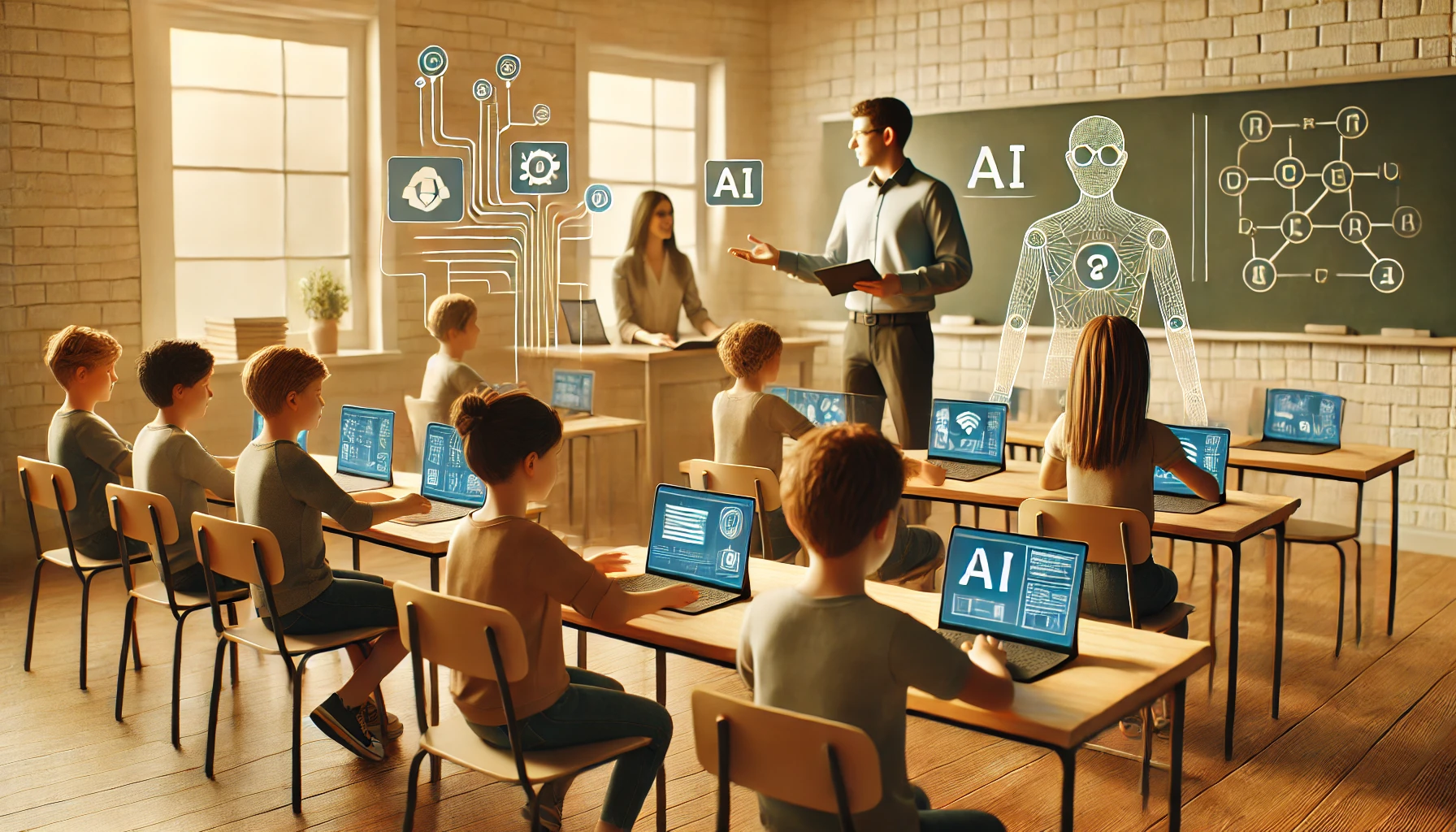Balancing AI and Teacher Guidance
Strategies for integrating AI while maintaining effective teacher oversight.

The integration of artificial intelligence (AI) in education is rapidly transforming classrooms around the world. While the potential for personalized learning and data-driven insights is immense, it also presents challenges that educators must navigate carefully. One of the most crucial aspects of this integration is ensuring that teachers maintain oversight and guidance over AI tools to foster a balanced learning environment. The key lies in establishing strategies that empower educators while allowing them to leverage the strengths of AI. This article will explore various strategies for integrating AI in education, focusing on maintaining effective teacher oversight.
First and foremost, it is essential to understand the role of AI as a complement to, rather than a replacement for, traditional teaching methods. Teachers are irreplaceable in providing the human touch, emotional support, and context that AI systems can lack. To achieve this balance, schools should prioritize teacher training on how to effectively utilize AI tools, equipping them with the skills necessary to supervise and guide AI-enhanced learning experiences. Professional development should emphasize the collaborative role that AI can play, positioning it as a partner rather than a competitor in the educational landscape.
“Teachers hold the key to effectively integrating AI in the classroom; they must be the navigators who guide students through this technology.”
Another strategy for integrating AI while maintaining teacher oversight is the development of clear guidelines and protocols for using AI tools. Schools must establish policies that outline how AI systems can be utilized in lesson planning, assessment, and student engagement. Such guidelines should include criteria for selecting AI tools, emphasizing those that promote transparency, security, educational value, and user-friendliness. By having clear protocols in place, teachers can feel more confident in their use of AI, knowing they can request assistance and resources as needed, thereby allowing them to focus on fostering meaningful learning experiences.
Regular check-ins and feedback loops are equally essential in keeping teachers engaged with AI integration. Schools should encourage ongoing conversations about the effectiveness and usefulness of AI tools in the learning environment. By establishing feedback mechanisms that involve both teachers and students, institutions can continuously improve their AI implementations. This collaboration offers teachers a sense of ownership over the technology they employ, fostering a more productive relationship with the tools in use.
“Maintaining an open communication channel between teachers, students, and technology enhances the educational experience and promotes a culture of trust.”
Furthermore, it is important to recognize that data privacy and ethical considerations are paramount when implementing AI. Teachers must be equipped with knowledge about data ethics, including how AI systems collect and use data. This knowledge empowers educators to safeguard their students' privacy and makes them more informed in their interactions with AI tools. Schools should collaboratively develop strict policies regarding data security, ensuring students’ information remains confidential while still providing insights that can help improve learning outcomes.
Teachers should also be encouraged to foster creativity and critical thinking in conjunction with AI tools. AI should not be viewed simply as a provider of information or answers; instead, it can serve as a springboard for deeper inquiry and exploration. Educators can utilize AI systems to pose open-ended questions or challenges that require students to think critically about the material at hand. This way, AI becomes an integrated part of the curriculum while maintaining the teacher’s role as a facilitator of complex, nuanced discussions. Teachers can guide students in recognizing the limitations of AI, promoting healthy skepticism and critical analysis of machine-generated content.
As technology continues to evolve, so too must teacher assessment processes. Educators should be informed about how AI impacts assessment and grading, enabling them to apply their professional expertise when interpreting AI-generated results. This could involve comparing AI assessments against traditional methods to ensure fairness and accuracy. Teachers can serve as a quality assurance measure for AI applications, working to verify findings and insights before applying them in the classroom.
Moreover, schools must encourage collaboration among educators, fostering a community of practice where they can share their experiences with AI tools. This collaborative approach allows teachers to develop best practices and refine their techniques while learning from each other’s successes and challenges. Working in peer groups or professional learning communities empowers teachers, giving them a platform to discuss AI's advantages and drawbacks openly.
In the face of rapid technological changes, it is equally important for schools to continuously evaluate AI tools and their impacts on educational outcomes. Regular reviews of the effectiveness of the AI systems used can provide valuable insights into areas for improvement. By measuring AI success through student engagement, comprehension, and achievement, educators can ensure their implementations align with their educational goals, ultimately enriching the classroom experience for both teachers and students.
Maintaining a solid relationship between educators and AI tools demands commitment, communication, and clear strategies. By focusing on professional development, creating guidelines, and promoting collaboration, schools can harness the power of AI to enhance educational experiences without sacrificing the essential oversight offered by skilled teachers. Integrating AI with an eye toward teacher guidance ultimately cultivates an environment where both technology and educators work in harmony to foster student success.
As we continue to explore the possibilities of AI in education, it is imperative to prioritize teacher oversight, as it is a cornerstone of effective teaching. With innovation and collaborative practices, teachers can maximize AI's potential while ensuring they remain at the center of the learning process. In this shared journey with AI, educators will solidify their role as indispensable agents of change, leading their students through an exciting new educational frontier.